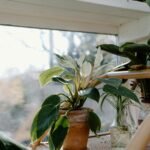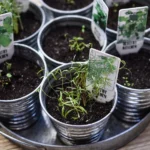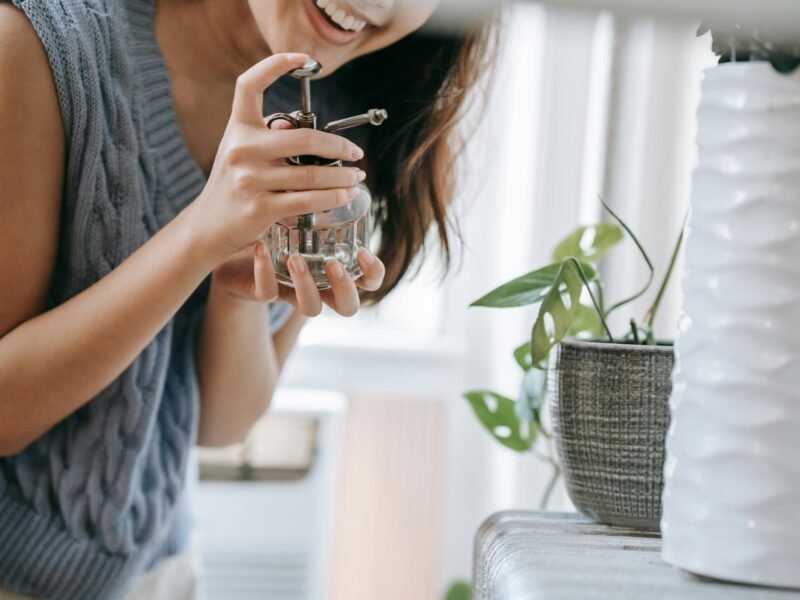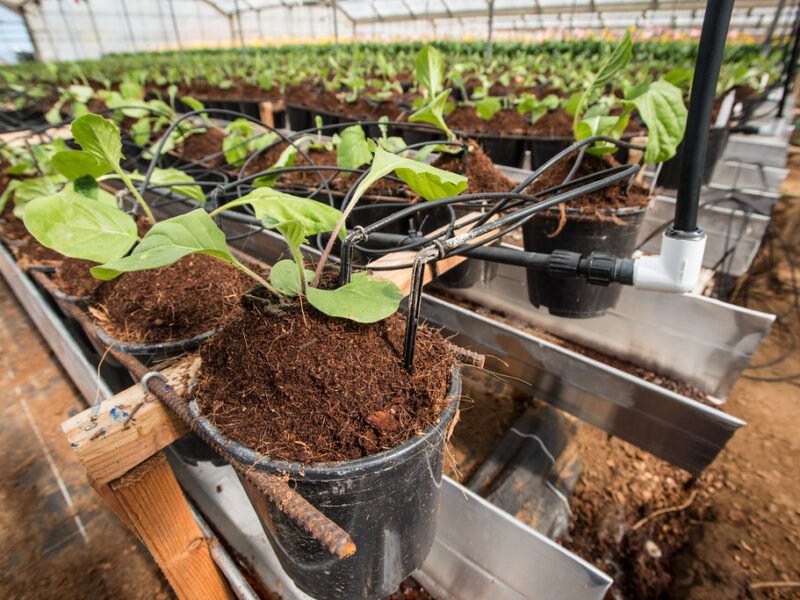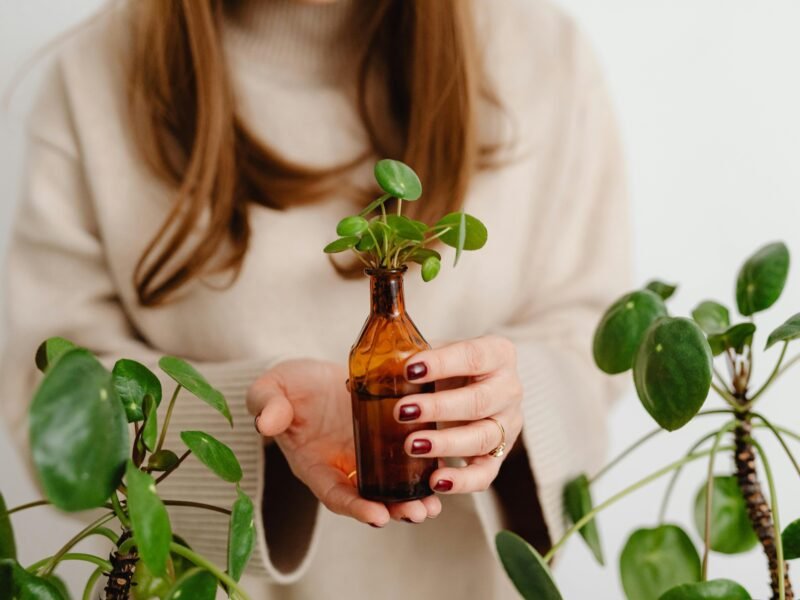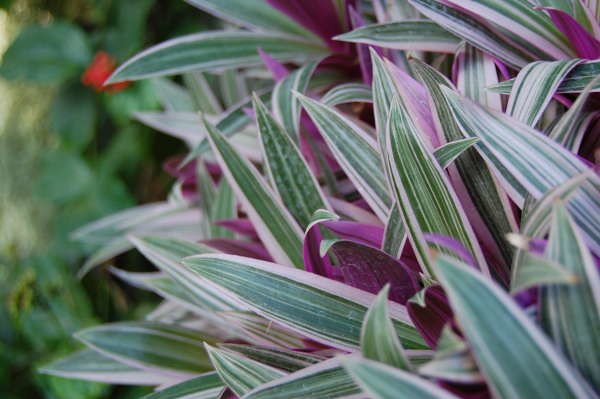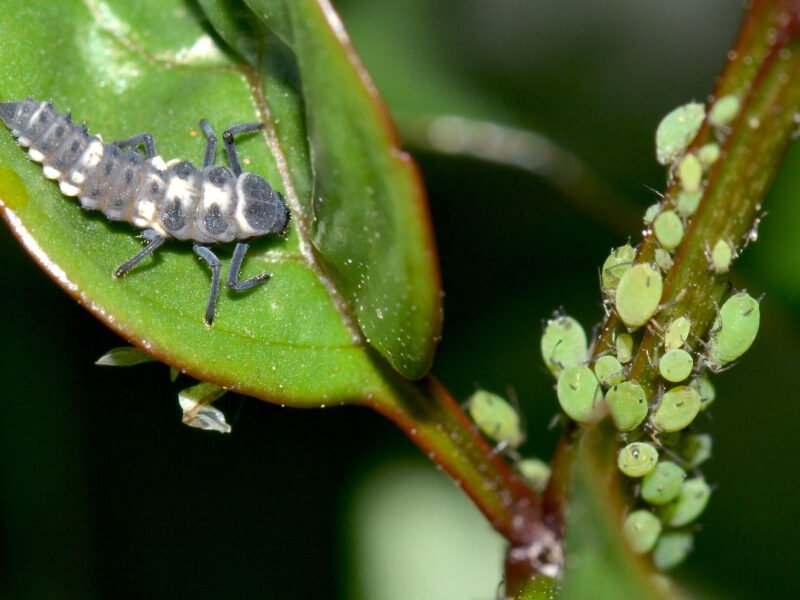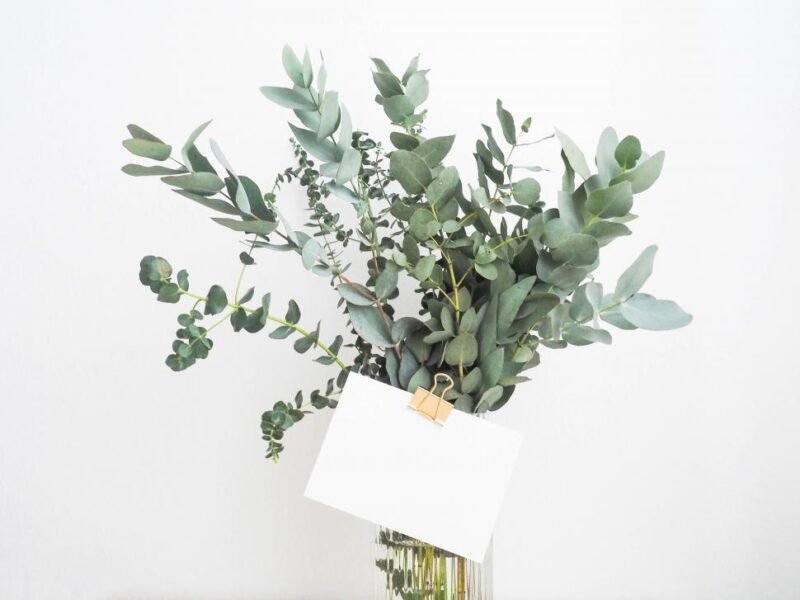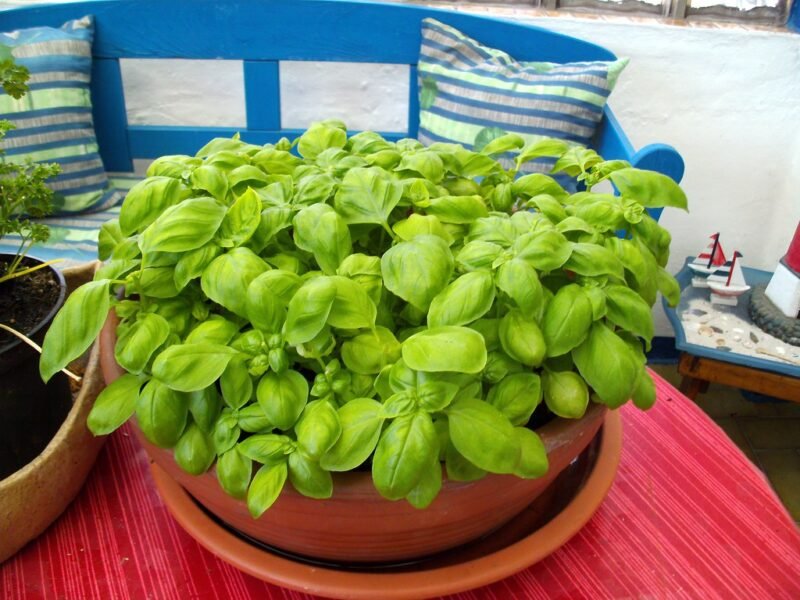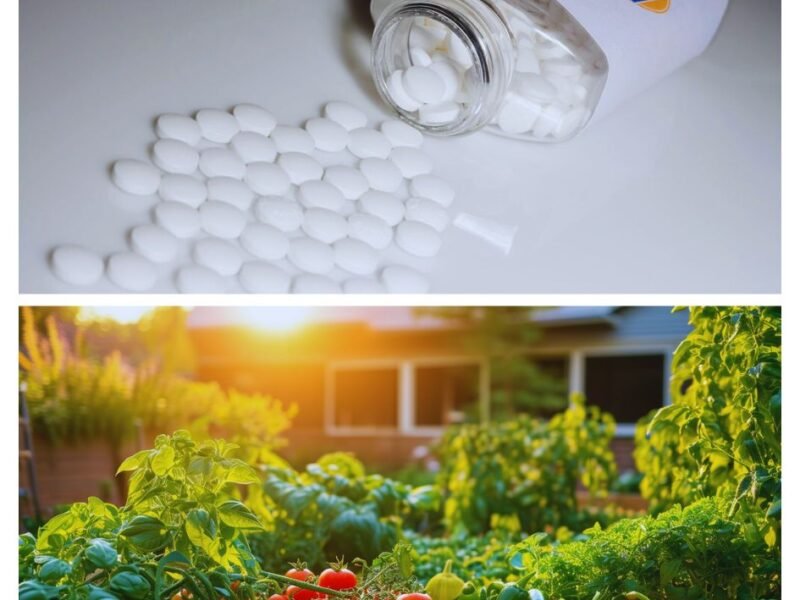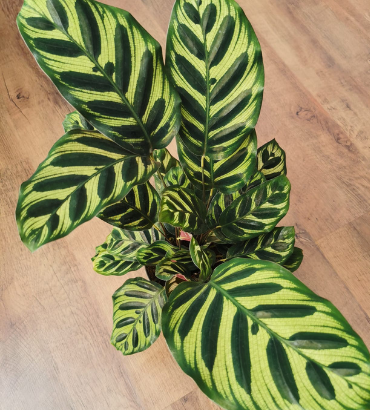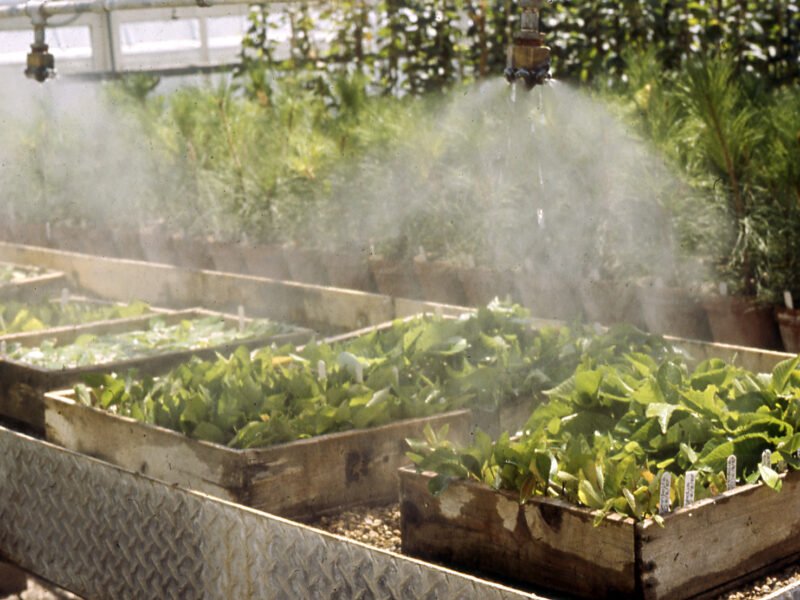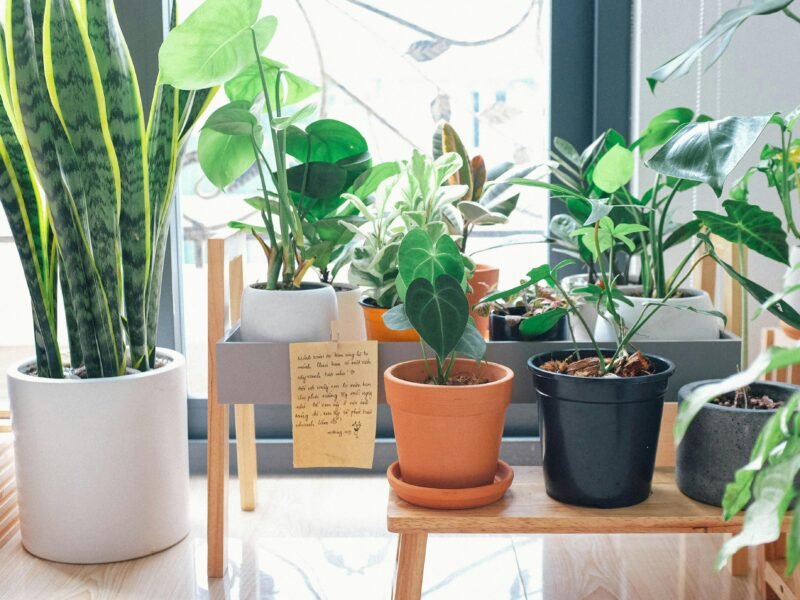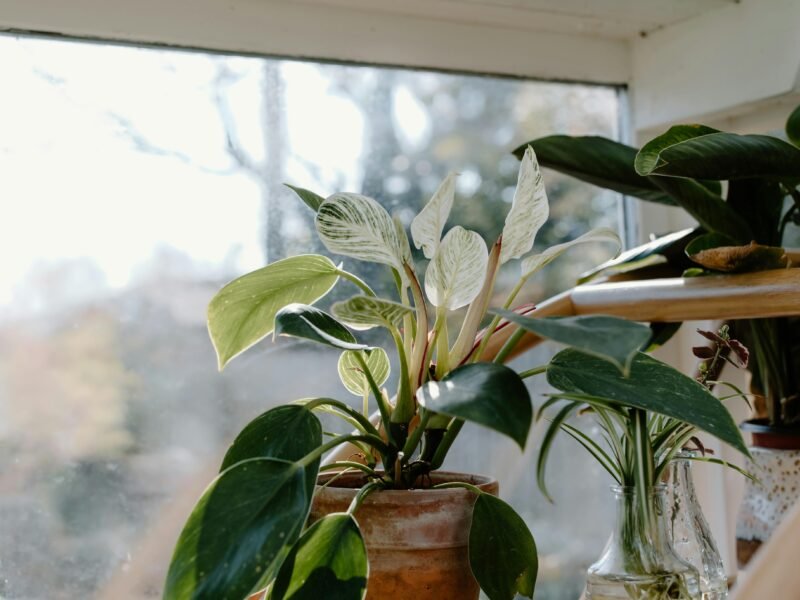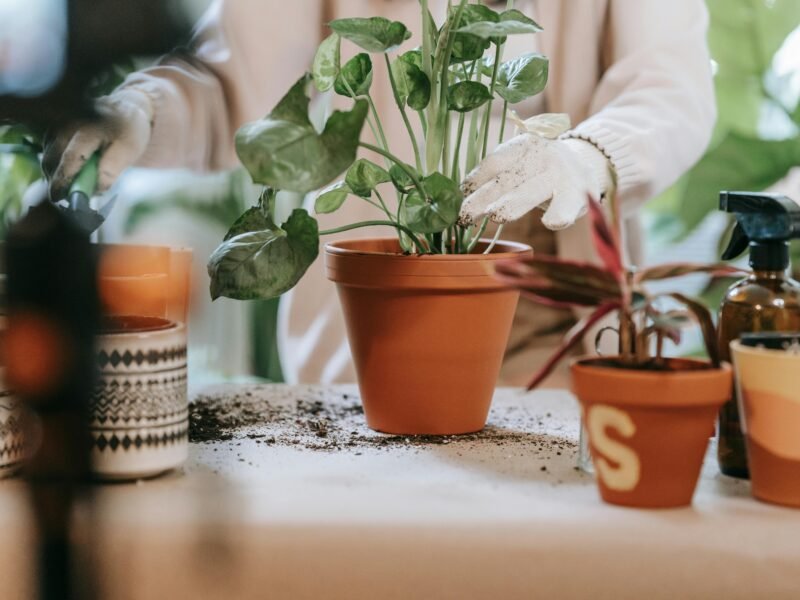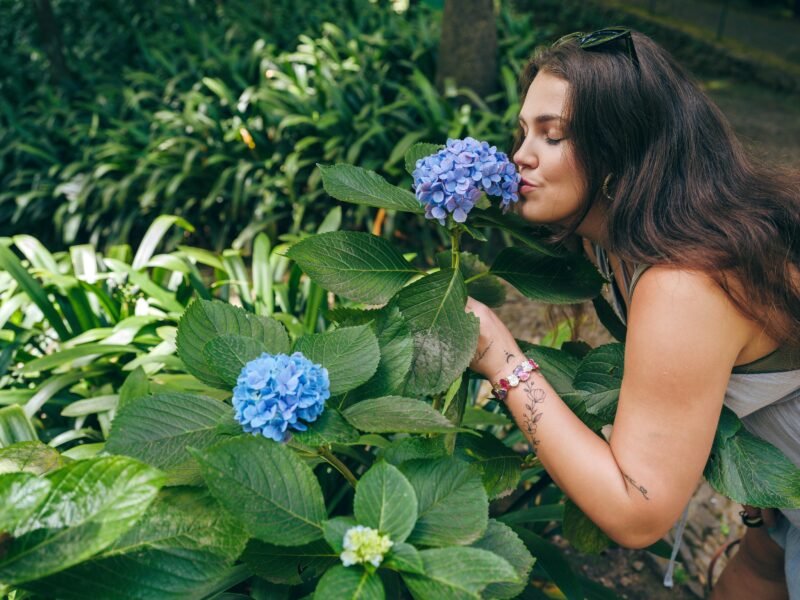Succulent Planters

Table of Contents
ToggleSucculent Planters-The Art of Choosing and Using
Succulents planters have aesthetic appeal and the very little care they demand is what makes succulents a preferred choice amongst home gardeners residing in urban as well as rural areas, indoors or outdoors. Due to their adaptability to various conditions, they serve as versatile plants. The higher-quality, natural-looking pots you choose, the more stylish your Milpera Palm Plant will become! This blog post will delve into the world of succulent planters, highlighting the various types available and guiding you in selecting the one that best suits your needs.
Succulent Planters Explained
Place the succulent plants in succulent planters. These not only serve as a container for the plants to grow but also enhance their health. Succulent planters drain well, which is critical in preventing root rot (succulents have this problem). Furthermore, succulent planters come in a wide range of sizes, designs, and materials, each serving a specific purpose.
Types of Succulent Planters
Terracotta Planters:
Succulent planters look wonderful in terracotta. These are generally porous planters, which means the moisture in excess can easily pass away from their walls through evaporation. It prevents overwatering, which is detrimental to succulents. The excellent thing about terracotta planters is their organic, rustic look, which pairs perfectly with the raw elegance of succulents.

Ceramic Planters:
Ceramic Succulents Planter Attractive by Color and Design, You can decorate your plants with shells at a low cost. Ceramic planters: Unlike terracotta, ceramics are usually glazed and therefore less porous. This causes them to retain moisture longer, necessitating close monitoring of watering. However, their attractive decorative patterns make them a top-rated choice for any place, enhancing its elegance.
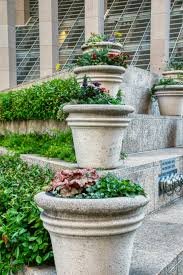
Concrete Planters:
Concrete planters are strong and made to last, so they are ideal not only for indoor but also for outdoor succulents. This planter is very modern and industrial looking; the design will add bang to your already beautifully done office or home décor. Although it may be heavy, there is no chance of it tipping over. Despite having a drainage hole, the weight and thickness of concrete planters can influence their drying speed, necessitating careful watering.
Plastic Planters:
Plastic plant pots for succulents are lightweight, inexpensive, and available in an array of shapes and sizes. They are less likely to crack or chip than ceramic and concrete planters. Plastic plants may hold on to more water, but because of that, they have holes in the bottom. The saucers also catch excess water in many plastic planters.
Hanging Planters:
You can also try hanging succulent planters for a different look. These planters, crafted from materials such as macramé, ceramic, or metal, strategically position your plant vertically during setup preparation. In addition to helping add some greenery even in the smallest situations, hanging planters allow you to trail succulents if this is a look that tickles your fancy. Find out more about succulents.
Wall-Mounted Planters:
Succulent wall planters are an inspirational design element for green vertical gardens. Succulents can now grow in a new space-saving way thanks to these cans, which are easily mounted directly on walls or fences. From clean, modern designs to a variety of rustic interpretations, they are available.
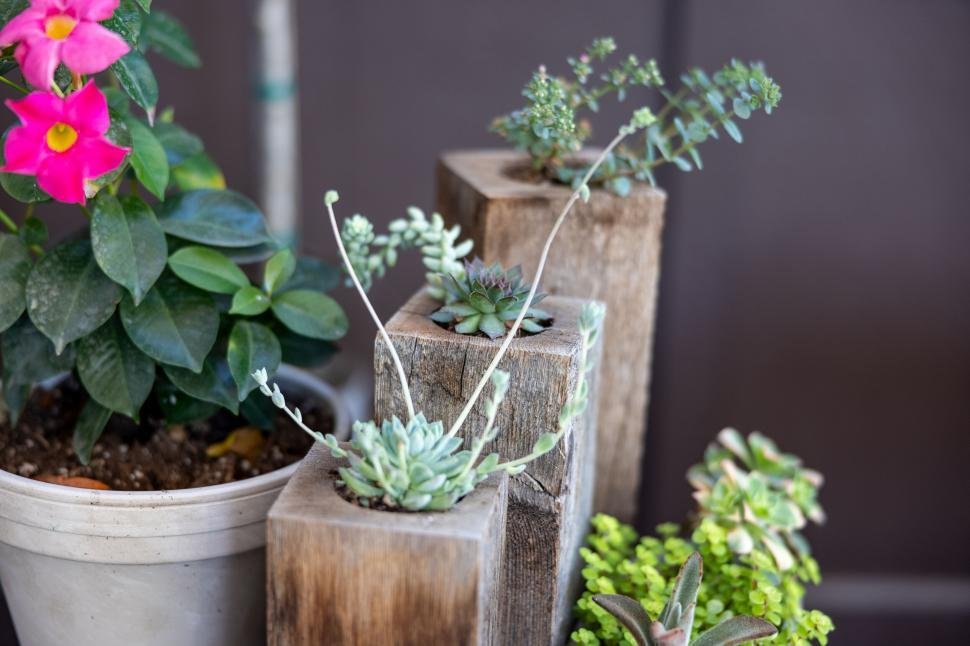
Wooden Planters:
Succulents and wood just seem to go together—a natural, rustic style blend that pairs perfectly with the earthy hues of succulents. People commonly line cedar planters to prevent water damage. Custom sizes and shapes can be configured to accommodate multiple arrangements for succulents.
Best Succulent Planters to Use
When it comes to succulent planters, there are a few essential points you need to know if you want your plants to thrive and be beautiful.
Drainage: Good drainage is essential for succulents. Pots with drain holes help to release water and protect from root rot. Are they giving you a planter without drainage holes? Drought stress starts by day 2, and believe me, it is annoying. Or find a no-bottom vase.
Size: Select one that will house the root system comfortably in its punch hole shadow. Small containers tend to restrict the width of their growth, but you don’t want to physically confine them in an overly small pot. Larger pots, however, may hold onto moisture that is excessive. If you choose a planter that is no more than slightly larger in diameter at the rim, then your succulent is wide.
Material: The material of a planter container significantly influences its moisture retention and aesthetic appeal. Terracotta and concrete are excellent for withstanding outdoor conditions but have slow breathability, while ceramic or plastic can succumb to the elements more easily. Consider the area where you plan to place the planter, and then choose materials that will best meet the needs of your plant and your personal aesthetic preferences.
Design: The planter should complement your indoor or outdoor decor. The planter you use can also add a touch of style to the arrangement, ranging from sleek, modern concrete planters (such as biodegradable options) to vibrant ceramic ones. Look at how the planter’s style would complement your space.
Functionality: Check the functionality of your planter. For example, if you are placing planters on a high shelf or hanging them in the air to prevent them from falling over, Saucers or trays help capture overflow in planters with built-in saucers.
How to look after succulents in pots
Proper care will allow you to continue enjoying your beautiful succulent planters.
Watering: Succulents require minimal watering. Let the soil get completely dry between waterings. Too much water can cause root rot, so better safe than sorry. Your material will also dictate your watering routine, as porous materials like terracotta dry out quicker than plastic or ceramic.
Light: Succulents, on the other hand, thrive in environments that receive a lot of bright light but don’t directly hit the plant. Put your planters in a spot where they can get a lot of light, such as by the window or grow lights. The more sun there is, the better, but be careful not to leave them in a place where they are getting harsh direct sunlight for hours at a time, or you will burn up your plants.
Soil: For better root growth, use a well-draining succulent soil mix. The ingredients in succulent soil are usually sand, perlite, and some kind of plant-based matter to hold the moisture.
Maintenance: Control pests and any potential diseases. It is also beneficial to remove any dead or dying leaves for a better-looking finish. To avoid this problem, you should occasionally clean the planters to keep them looking their best and mold/mildew-free. Find out more about pests and diseases.
When a succulent is in a planter, it does more than sit there. The planter plays a significant role in how the plant looks, thrives, and absorbs water. With the right planter and a few considerations such as drainage, size, material choice, and design, you too can have an alive display of eye-popping succulents from door to walkway. From timeless terracotta to fine ceramic or contemporary concrete, the ideal succulent planter helps elevate your collection in both form and function and is a winning addition to any space.
Most Viewed
Latest Articles






